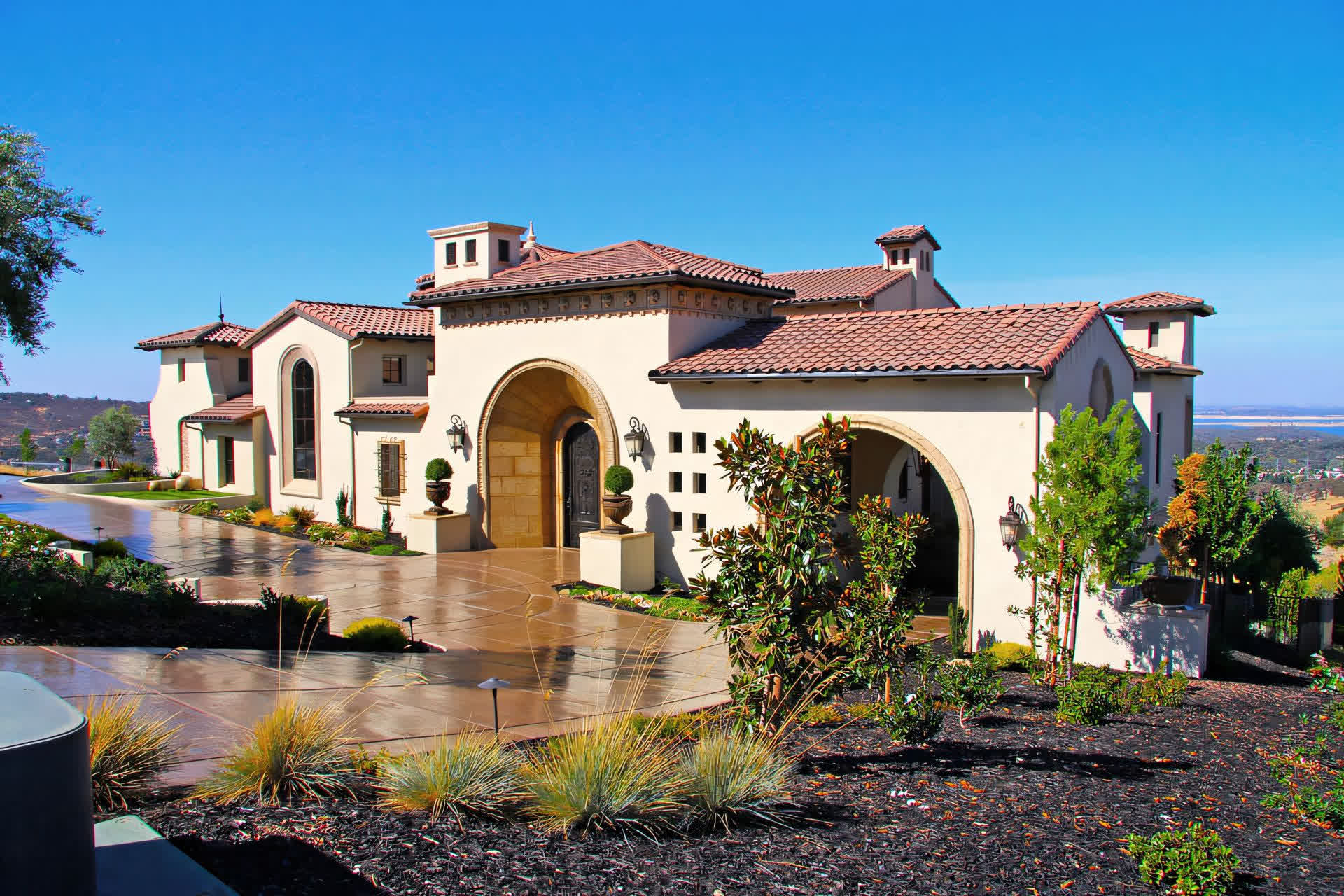Recent severe weather events have brought attention to the importance of stormwater management in commercial site planning and design. Hurricanes, tropical storms, thunderstorms and flash flooding all lead to a critical question: where does all that water go?
As extreme weather becomes more common, it’s even more critical for site planners to consider stormwater management solutions in their design. In fact, stormwater management has become a critical aspect of sustainable site design.
Whether commercial site planning, multi-family site design, or residential neighborhoods, effective stormwater management can reduce the environmental impact of severe storms, prevent flooding, and contribute to healthier ecosystems.
The need for stormwater management solutions is also closely tied to environmentally friendly design. As populations grow and development expands, especially in California, many land planners are considering innovative ways to manage runoff. Following are some of the most common stormwater management solutions.

- Permeable Pavements
One of the most effective ways to manage stormwater at its source is to use permeable pavements. Unlike traditional concrete and asphalt, permeable pavements allow water to infiltrate the surface, reducing runoff and promoting groundwater recharge. They are ideal for parking lots, driveways, and low-traffic roads.
- Green Roofs
Green roofs, also known as living roofs, are another innovative solution for managing stormwater in urban areas. These roofs are covered with vegetation, which helps absorb rainwater, reduce runoff, and lower building cooling costs. Additionally, they improve air quality and offer aesthetic appeal, making them an attractive feature in sustainable design.
- Bioswales
Bioswales are vegetated channels designed to convey stormwater while filtering out pollutants. They are highly effective in reducing runoff and improving water quality. By slowing down water flow, bioswales allow for natural infiltration and pollutant removal, making them suitable for parking lots, streetscapes, and other urban environments. They are well-suited to multi-family housing design and can be seamlessly incorporated into the landscape.
- Rain Gardens
Rain gardens are shallow depressions planted with native vegetation designed to absorb rainwater runoff from impervious surfaces like roofs and driveways. They act as natural sponges, filtering out pollutants while allowing water to infiltrate the soil. Rain gardens are an excellent solution for both residential and commercial sites, adding aesthetic value while contributing to water conservation efforts.
- Retention and Detention Basins
Retention and detention basins are large-scale solutions for managing stormwater in both urban and rural developments. Retention basins hold water permanently, while detention basins temporarily store stormwater and release it slowly to prevent flooding. These basins can be integrated with other green infrastructure elements to create multifunctional spaces that support recreation and wildlife habitats.
- Rainwater Harvesting
Rainwater harvesting involves collecting and storing rainwater for later use, such as irrigation or graywater systems. This reduces the demand on municipal water supplies and minimizes stormwater runoff. Implementing rainwater harvesting systems in both residential and commercial projects can help reduce water costs while promoting sustainable water use. It is especially useful in multi-family housing design that incorporates shared community spaces such as parks and natural areas.
- Constructed Wetlands
Constructed wetlands are engineered systems that mimic natural wetlands, helping to treat stormwater by filtering pollutants, reducing runoff, and enhancing biodiversity. They are ideal for large developments where space allows for the integration of natural water treatment solutions. These systems are highly effective in mitigating the impact of stormwater on local waterways and can also serve as wildlife habitats.
Stormwater Management in Site Design
Effective stormwater management is essential for protecting local ecosystems, preventing flooding, and improving water quality. By incorporating these innovative solutions into site design, land planners can create more resilient, sustainable, and eco-friendly communities. Additionally, many municipalities now require stormwater management as part of new developments, making it a critical consideration in modern site design.
Incorporating stormwater management solutions into site design isn’t just an environmental imperative — it’s also a smart business move. By leveraging techniques like permeable pavements, green roofs, bioswales, and rain gardens, you can reduce infrastructure costs, comply with regulations, and add value to your projects.

